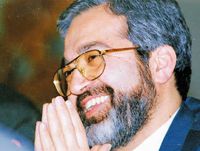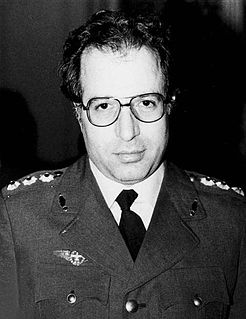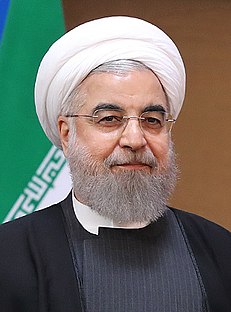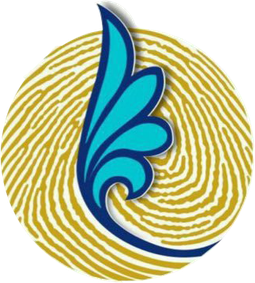| |||||||||||||||||
| Registered | 33,156,055 [1] | ||||||||||||||||
| Turnout | 50.66% [1] or 57.6% [2] | ||||||||||||||||
| |||||||||||||||||
| |||||||||||||||||
The Iranian presidential election of 1993 took place on June 11, 1993 which resulted in the re-election of the incumbent president, Akbar Hashemi Rafsanjani. [2]

The President of Iran is the head of government of the Islamic Republic of Iran. The President is the highest ranking official of Iran. The President carries out the decrees, and answers to the Supreme Leader of Iran, who functions as the country's head of state. Unlike the executive in other countries, the President of Iran does not have full control over anything, as these are ultimately under the control of the Supreme Leader. Chapter IX of the Constitution of the Islamic Republic of Iran sets forth the qualifications for presidential candidates. The procedures for presidential election and all other elections in Iran are outlined by the Supreme Leader. The President functions as the executive of the decrees and wishes of the Supreme Leader. These include signing treaties and other agreements with foreign countries and international organizations, with Supreme Leader's approval; administering national planning, budget, and state employment affairs, as decreed by the Supreme Leader. The President also appoints the ministers, subject to the approval of Parliament, and the Supreme Leader who can dismiss or reinstate any of the ministers at any time, regardless of the president or parliament's decision. The Supreme Leader Ali Khamenei directly chooses the ministries of Defense, Intelligence and Foreign Affairs, as well as certain other ministries, such as the Science Ministry. Iran’s regional policy is directly controlled by the office of the Supreme Leader with the Ministry of Foreign Affairs’ task limited to protocol and ceremonial occasions. All of Iran’s ambassadors to Arab countries, for example, are chosen by the Quds Corps, which directly reports to the Supreme Leader.

Akbar Hashemi Rafsanjani was an influential Iranian politician, writer and one of the founding fathers of the Islamic Republic who was the fourth President of Iran from 3 August 1989 until 3 August 1997. He was the head of the Assembly of Experts from 2007 until 2011, when he decided not to nominate himself for the post. He was also the chairman of the Expediency Discernment Council.
Contents
Rafsanjani's vote declined dramatically in comparison to the previous election amid a lower turnout. According to Anoushiravan Ehteshami, "little separated the candidates from each other" and "real choices and real alternatives" were absent. Discontent with the economic situation and voter apathy are the other reasons cited for the relatively low turnout in the election. [3]
In politics, voter apathy is perceived apathy among voters in an election. Voter apathy or lack of interest is often cited as a cause of low turnout among eligible voters in jurisdictions where voting is optional and the donkey vote where voting is compulsory. Voter fatigue describes a possible cause of voter apathy: elections that are held too frequently.
United Press International reported an independent survey have found "the bulk of those who stayed away did so because they were displeased with the clergy or did not believe their vote would make any difference to the government." [2]

United Press International (UPI) is an international news agency whose newswires, photo, news film, and audio services provided news material to thousands of newspapers, magazines, radio and television stations for most of the 20th century. At its peak, it had more than 6,000 media subscribers. Since the first of several sales and staff cutbacks in 1982, and the 1999 sale of its broadcast client list to its rival, the Associated Press, UPI has concentrated on smaller information-market niches.
In Shi'a Islam the guidance of clergy and keeping such a structure holds a great importance. The clergy structure depends on the branch of Shi'ism is being referred to.




















